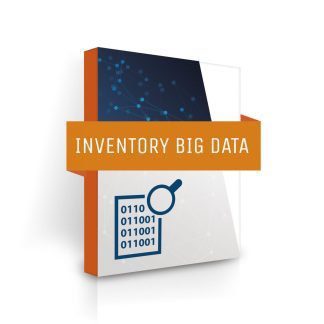Description
The IT Manager Maria coordinates and proposes the company’s IT strategy. Maria updates and develops the company’s operating system. She uses the Factory Data Box method to optimize and secure the company’s data.
SIPOC
Supplier:
- Software vendors
- Hardware vendors
- Internet service providers
- Cloud service providers
Inputs:
- User requirements
- Budget allocation
- IT policies and procedures
Process:
- Evaluate and select software and hardware
- Design and implement IT infrastructure
- Develop and maintain IT policies and procedures
- Provide IT support to end-users
- Ensure compliance with data protection regulations
Outputs:
- Installed software and hardware
- Up-to-date IT infrastructure
- Effective IT policies and procedures
- Satisfied end-users
- Compliance with data protection regulations
Customer:
- End-users
- Other departments within the organization (such as finance, marketing, or operations)
Note: This is just an example, the actual SIPOC may vary depending on the specific needs and processes of the organization.
KPIs
KPIs (Key Performance Indicators) for a Director of Information and Technology largely depend on the business goals and management priorities. However, here are some examples of KPIs that may be relevant for this position:
- System downtime reduction: This measures the duration during which the IT systems are inactive or unavailable. A Director of Information and Technology could be responsible for reducing this downtime to ensure maximum availability for employees and customers.
- IT project success rate: This measures the percentage of IT projects completed within the allotted time frame and budget. The Director of Information and Technology could be responsible for ensuring that projects are completed on time and within budget.
- Total Cost of Ownership (TCO): This measures the total cost of owning IT assets, including hardware, software, and services. The Director of Information and Technology could be responsible for ensuring that costs are managed effectively while providing quality service.
- IT resource utilization: This measures the utilization of IT resources such as servers, computers, printers, and software. The Director of Information and Technology could be responsible for ensuring that resources are used efficiently and that there is no waste.
- User satisfaction level: This measures the level of satisfaction of end users, such as employees and customers, with IT services. The Director of Information and Technology could be responsible for ensuring that end users are satisfied with the IT service and that their needs are taken into account.
- IT system security: This measures the level of security of the company’s IT systems. The Director of Information and Technology could be responsible for ensuring that the systems are protected against malicious attacks and data breaches.
These are examples of KPIs that may be relevant for a Director of Information and Technology, but it’s important to tailor them to the specific needs and objectives of the business.
Role of data
For an IT director in an industrial company, data analytics plays a key role in improving operational efficiency, strategic decision-making, and overall company performance.
Data analytics can help improve operational efficiency by optimizing processes and systems, identifying bottlenecks, and reducing costs. By using data from various sources such as sensors, production management systems, and inventory management systems, the IT director can identify opportunities for improvement and implement solutions to exploit them.
Regarding strategic decision-making, data analytics can help identify growth opportunities, assess risks, and monitor company performance. Data can also be used to evaluate market trends, competitor performance, and identify investment opportunities.
Finally, data analytics can help improve overall company performance by providing valuable insights for decision-makers. Data can be used to assess customer satisfaction, product quality, employee performance, and demand trends. By using this information, the IT director can contribute to decision-making to improve overall company performance.
Strategic Information System Review Plan
The Strategic Information System Review Plan: How an industrial company can adapt to technological and market changes
A Strategic Information System (SIS) Review Plan is a document that describes how an industrial company will regularly evaluate and update its information system strategy. It defines the objectives, methods, responsibilities, resources, and timelines for carrying out the various stages of the review process.
The SIS Review Plan may include an analysis of technological and market trends to identify opportunities for improving the information system architecture. It may also include an evaluation of the current performance of the information system, using key performance indicators (KPIs), to identify opportunities for improvement.
The steps of the SIS Review Plan may include an analysis of user needs, a risk assessment, an evaluation of the current performance of the information system, identification of improvement opportunities, development of migration scenarios, implementation planning, and implementation monitoring. It may also include a timeline for carrying out the various stages, clearly defined responsibilities for the different team members, and financial and human resources required for completing the tasks.
In summary, a Strategic Information System Review Plan is a document that describes how an industrial company will regularly evaluate and update its information system strategy to adapt to technological and market changes. It defines the objectives, methods, responsibilities, resources, and timelines for carrying out the various stages of the review process.



